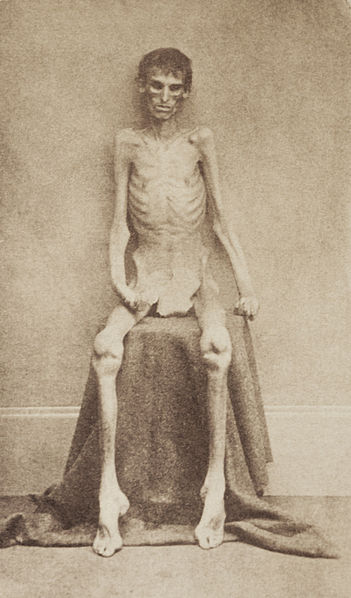
Figure 1 – Union soldier photographed upon his release from the Confederate POW camp, Andersonville Prison, in May of 1865. Image from the Library of Congress and in the public domain.
It seems appropriate to talk about horrible images on September 11. Even if you are not a regular reader of the Hati and Skoll blog, it is almost for certain that you’ve seen a lot of terrible images this past year. Unless you only click on links to cute animal and adorable baby pictures you’ve seen them on the web, in newspapers, in magazines, and, of course, on television. Terrible images are everywhere, and they are meant to tug on your heart-strings, to move you to rage, and to motivate you to action. This is ultimately the purpose of photojournalism. Indeed, it is meant to be the highest achievement of the inanimate object that we call “camera” to connect people with their inner humanity to to bring forth empathy.
So we may recall the chain of events that is the history of photography: the Crimean War, the American Civil War, the First World War, the Spanish Civil War, the Second World War, the Korean War, The Vietnam War, The First Iraq War, the Second Iraq War, the War in Afghanistan. I have taken a wholly America-centric, view; but I’m sure that you get the point. It is relentless and it hurts too much to list all the sites and scenes of children killed and dying. The fact is that while photographs of terrible events continue to move us, they possess the ability to make the terrible commonplace, to harden and and make us, dare I say it, indifferent. Photography in its relentless ability to move us ultimately possesses the ability to make us apathetic.
Ultimately, it is a psychological defense mechanism. This mechanism is described ever so brilliantly by Susan Sontag in her book “On Photography:”
“Photographs shock in so far as they show something novel. Unfortunately, the ante keeps getting raised – partly through the very proliferation of such images of horror. One’s first encounter with the photographic inventory of ultimate horror is a kind of revelation: a negative epiphany. For me, it was photographs of Bergen-Belsen and Dachau which I came across by chance in a bookstore in Santa Monica in July 1945. Nothing I have seen – in photographs or real life – ever cut me as sharply, deeply, instantaneously … When I looked at those photographs, something broke. Some limit had been reached, and not only that of horror; I felt irrevocably, grieved, wounded, but a part of my feelings started to tighten; something went dead; something is still crying.”
If you take a rubber band or a spring and stretch it, it pulls back when you release it. However, pull it too far, beyond what is referred to as its elastic limit, and it will never return, never be its former self. What Sontag describes is the mind reaching the elastic limit of what it can psychologically take or accept and then becoming irrevocably wounded, stretched beyond its elastic limit.
Years ago I went to see Ingmar Bergman‘s “Cries and Whispers.” This is a tightly allegorical film, flawed, I think in many ways. But, worst of all, at one point in the film there is this terrible scene of self violation – I won’t go into details. But the point is that you couldn’t accept it and you were instantly pulled out of the film, suddenly became instead an observer of the people fleeing the theater. The elastic limit had been reached, the effectiveness of the film lost. Of course, the bar can always be raised we’ve got the Coen Brothers and Quentin Tarantino to keep raising it.
But the point is that the ability of photojournalism to shock is a double-edged sword that shocks and hardens us at the same time. As Sontag relates, the ante needs always to be raised.
